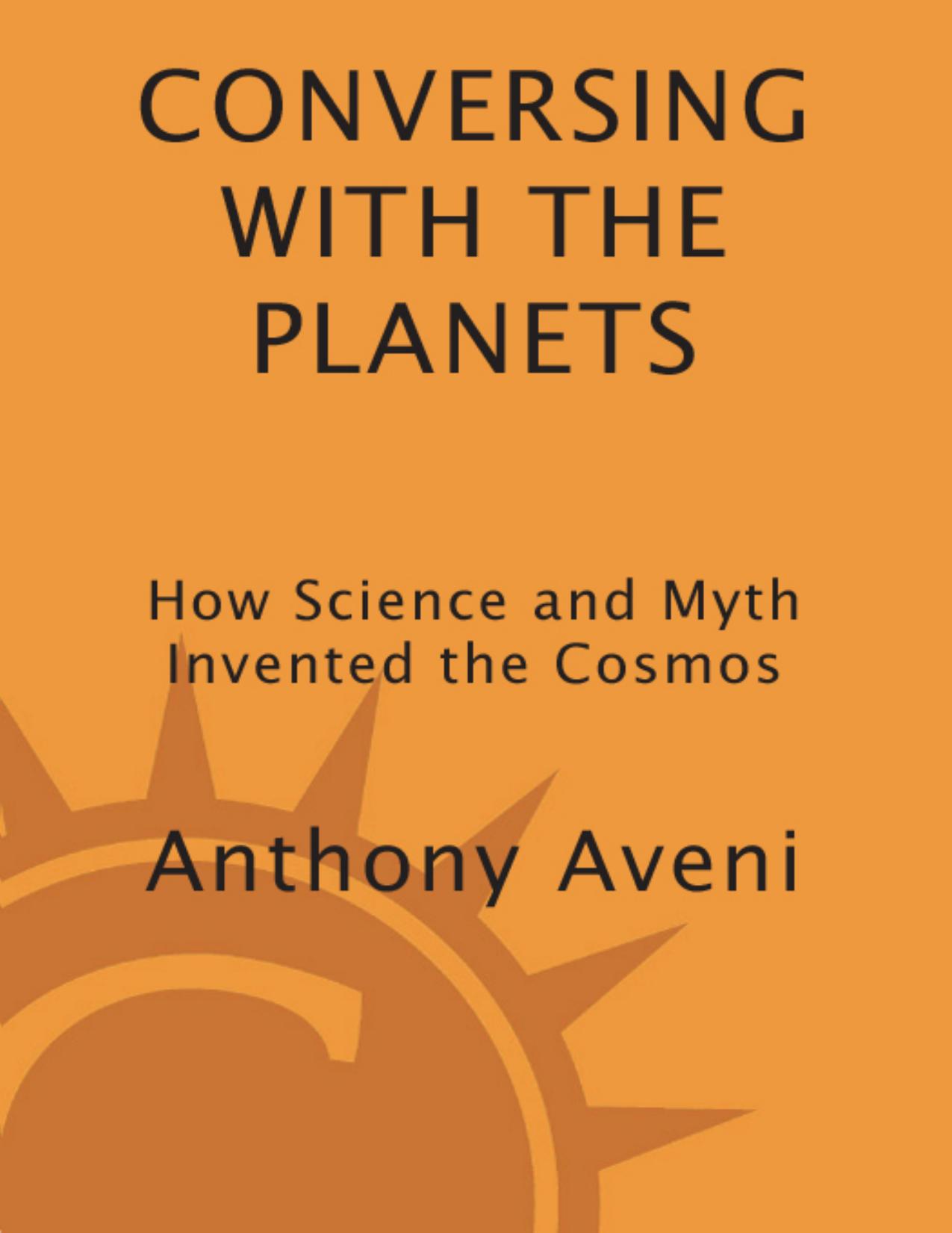Conversing with the Planets by Anthony Aveni

Author:Anthony Aveni [Aveni, Anthony]
Language: eng
Format: epub, pdf
ISBN: 978-0-307-81654-2
Publisher: Crown Publishing Group
Published: 2012-03-21T16:00:00+00:00
Table 4-1.
Intervals (in Days) Used in Simple Models to Predict the Future Whereabouts of the Planet Venus
The temporal architecture of these predictions is neither random nor whimsical, for if we map out the placement of these omens across repeatable twelve-month cycles, we find that statements concerning crops, such as information about the harvest and heavy rains, fall in time periods when farmers would be in dire need of such knowledge. Omens on water flow occur in the crucial growing period May to July (with one reference to March), whereas omens on the quantity of the harvest begin in July and end in the early winter months.
Some documents of mundane commercial concern have survived that may have a bearing on interpreting what we read in these Venus predictions. Apparently croppers would sign contracts promising the delivery of a harvest of barley, one of Mesopotamia’s staple crops, over a particular range of seasonal dates. The modern harvest date in Baghdad falls between mid-April and mid-May. Keeping in mind that omens are statements of anticipation, it would be logical that the Venus rising that would offer information of greatest need to the farmer—such as yield, quality, or tardiness of the harvest—might be expected to fall in the months before harvesttime, and this is exactly what we find in the tablet. However, because other crops, such as dates, were harvested at a different time of year (September to October), we must be careful not to confine all predictions about fertility to one time of the seasonal year.
By contrast, political predictions are mirrored in Venus risings that fall on the average in a different part of the year. For example, all good relations between kings are recorded in our monthly equivalents of November to January. Evidently, when all attention must be devoted to cultivating the land, one has little time for bickering over who shall administer it. Like the Maya, the Babylonians had their war seasons.
One historian of science has characterized the Venus Tablet of Ammizaduga as “primitive and, to our way of thinking, of little significance.”12 But I think it might be more constructive to think of this slab of clay as a statement emanating from an age when basic human needs were the same, though the ways of dealing with nature were a bit different—an age when planetary motion was reckoned in a more direct, less abstract way.
My goal in dissecting the Venus Tablet of Ammizaduga and the Venus Table in the Dresden Codex has been a fairly modest one. I wanted to bring to the surface a sense of the rigor and precision that lies at the foundation of what many of us might casually dismiss as prescientific astronomy—a kind of simpleminded activity in which our muddleheaded predecessors had engaged before they became wise enough to separate meaning in their lives from what they observed directly in nature, and skilled enough to construct mechanical, self-regulating theories to explain not only what already had happened in the sky but what was yet to come.
Download
This site does not store any files on its server. We only index and link to content provided by other sites. Please contact the content providers to delete copyright contents if any and email us, we'll remove relevant links or contents immediately.
The Leavers by Lisa Ko(6462)
Born to Run: by Christopher McDougall(6252)
iGen by Jean M. Twenge(4695)
Sapiens by Yuval Noah Harari(4531)
The Kite Runner by Khaled Hosseini(4417)
Spare by Prince Harry The Duke of Sussex(4188)
Bullshit Jobs by David Graeber(3173)
Livewired by David Eagleman(3117)
Goodbye Paradise(2951)
Never by Ken Follett(2873)
A Dictionary of Sociology by Unknown(2516)
Harry Potter 4 - Harry Potter and The Goblet of Fire by J.K.Rowling(2414)
The Club by A.L. Brooks(2352)
People of the Earth: An Introduction to World Prehistory by Dr. Brian Fagan & Nadia Durrani(2345)
The Social Psychology of Inequality by Unknown(2305)
Machine Learning at Scale with H2O by Gregory Keys | David Whiting(2269)
Harry Potter and the Order of the Phoenix (5) by J.K. Rowling(2224)
0041152001443424520 .pdf by Unknown(2214)
Don't Sleep, There Are Snakes by Daniel L. Everett(2213)
